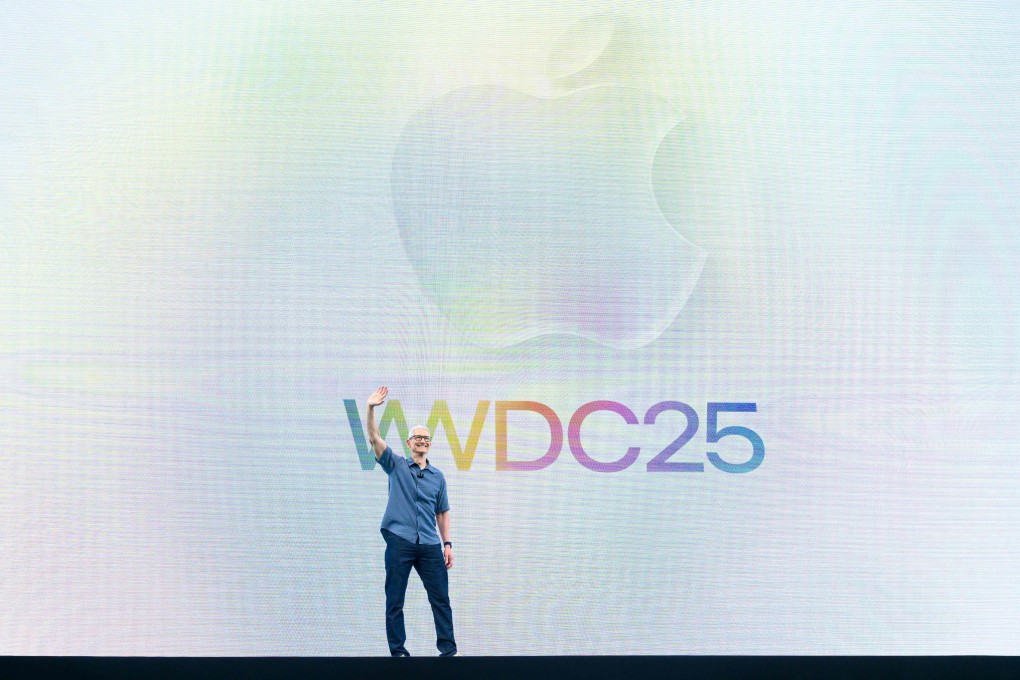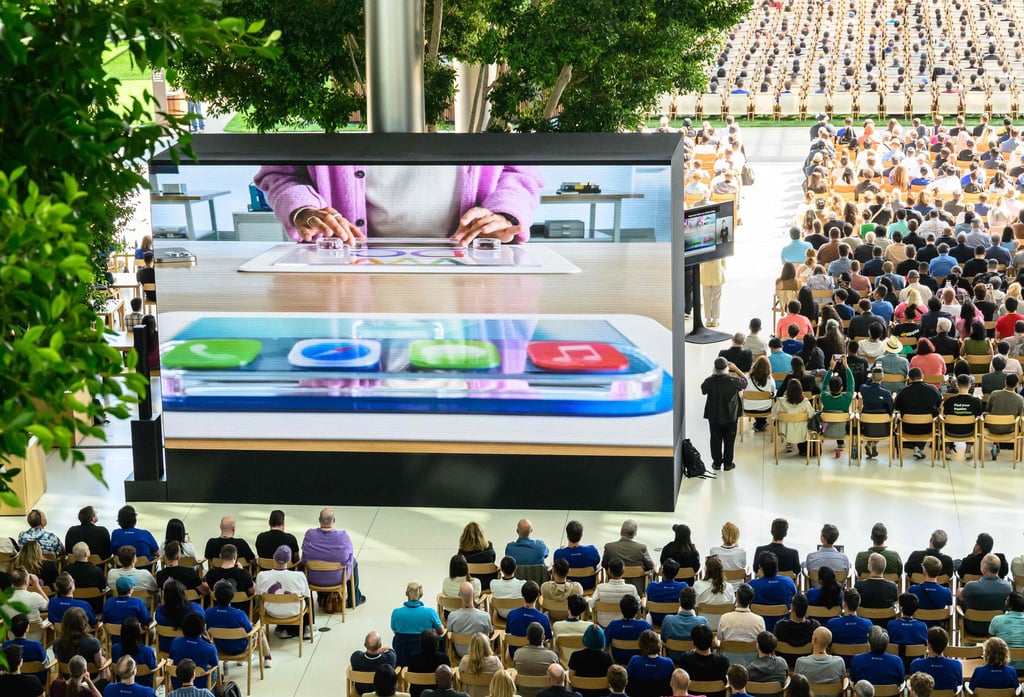Apple’s AI takes back seat to design, iPad revamp at WWDC event
The new interface, called Liquid Glass, was introduced Monday at Apple’s annual Worldwide Developers Conference

Apple unveiled the most sweeping software redesign in its history, aiming to make the company’s device line-up more cohesive and useful, even while doing little to upgrade its struggling artificial intelligence platform.
The new interface, called Liquid Glass, was introduced Monday at Apple’s annual Worldwide Developers Conference. The approach uses transparent menus and a glassy look, transforming the software on the company’s iPhone, iPad, Mac, TV platform, smartwatches and Vision Pro headset.
The changes come as part of iOS 26, watchOS 26 and visionOS 26, which have been rebranded to mark the coming year rather than a version number. Apple also retooled its iPad software to make the device feel more like a Mac, something customers have long requested.
Liquid Glass is meant to provide a more uniform experience for Apple’s operating systems, but the event lacked the kind of breakthroughs that investors have been clamouring for. While tech peers like Alphabet and OpenAI continue to unveil artificial intelligence advancements, the Cupertino, California-based company has been less focused on its AI platform, Apple Intelligence.

The biggest AI announcement was the company confirming plans to open the Apple Intelligence foundation models to developers. That will allow app creators to write their own software and features using the underlying Apple Intelligence technology. The company also rolled out live call translation and the ability to merge two existing emojis into a new image in Apple’s Genmoji feature.